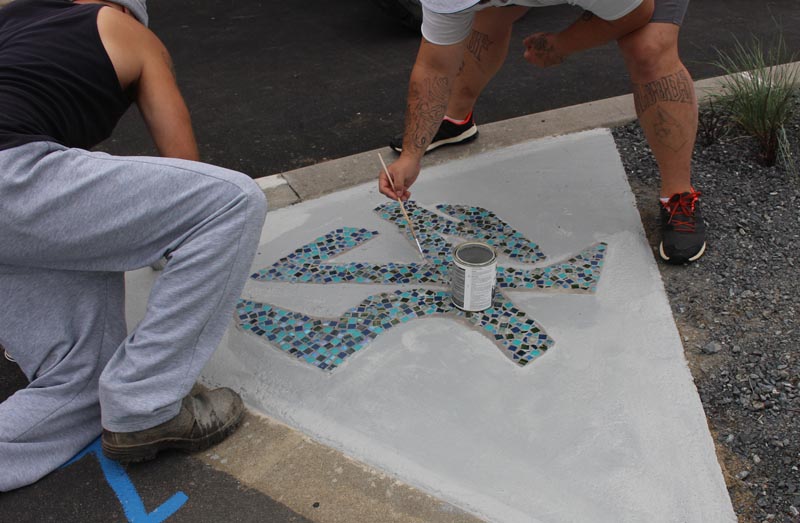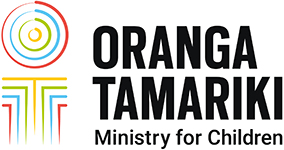Some positive, ground-moving actions have happened that you wouldn’t know about if you weren’t there to experience them. Actually, there has, and is going to be, movement of tectonic proportions (my opinion) as I believe that in future, we’ll be better equipped to link results showing the capacity of theatre, literary, dance, music, cultural and visual arts practitioners to support the use of the arts in the rehabilitation process.
 Until recently, the numbers of people and organisations who are part of the Arts in Corrections community have eluded us. Now, however, we have developed a way to connect the arts practitioners and tutors with this growing community.
Until recently, the numbers of people and organisations who are part of the Arts in Corrections community have eluded us. Now, however, we have developed a way to connect the arts practitioners and tutors with this growing community.
Last year, we had the influential visit of Curt L. Tofteland, founder of the Shakespeare Behind Bars programme in the United States, spearheaded by Auckland University. In his wake, an established group of offenders at Northland Region Corrections Facility are following his methods – utilising the power of theatre skills to develop new behaviours of self-awareness.
Networks share common interest
Curt gave presentations and workshops around the country that allowed Arts Access Aotearoa (thanks, Jacqui Moyes) to bring together networks of artists, community arts workers, performers, academics and Corrections staff. These networks share a common interest in social justice and Arts in Corrections. More than an interest: these good people want to be actively involved.
 In response to this interest, we’re in the process of refreshing the Arts Access Aotearoa website to provide a digital structure to what has become regional networks of individuals and organisations wishing to assist offender rehabilitation. These four networks correspond to Corrections’ regions: Northern Region, Central Region, Lower North Region and Southern Region.
In response to this interest, we’re in the process of refreshing the Arts Access Aotearoa website to provide a digital structure to what has become regional networks of individuals and organisations wishing to assist offender rehabilitation. These four networks correspond to Corrections’ regions: Northern Region, Central Region, Lower North Region and Southern Region.
Soon, by going to the Arts in Corrections section of Arts Access Aotearoa’s website, you will be able to see where the next meetings or events are in your region and how you can connect to like-minded people.
Unleashing collective power
I say this is “ground-moving” because of the power that’s unleashed when people collectively understand they are working together for social change. When we’re divided into pockets without knowledge of one another we miss out on the energy of shared ideas and action.
 Now there’s more. German theatre practitioner Uta Plate is returning (thanks to Goethe-Institut New Zealand with additional support from Wellington City Council) to Arohata Prison in February to lead a nine-day workshop with prisoners and artists.
Now there’s more. German theatre practitioner Uta Plate is returning (thanks to Goethe-Institut New Zealand with additional support from Wellington City Council) to Arohata Prison in February to lead a nine-day workshop with prisoners and artists.
Three Creativity in Corrections forums in Wellington, Christchurch and Auckland will provide a focal point, inspired by Uta and also each other. Providing arts projects in prisons is highly specialised work and building a network of trained, aware and experienced practitioners is a goal worth aiming for.
You can read more on this in the full story here. I’m sure the impact of Uta’s visit will be long-lasting and the networks around the country energised.
Supporting the work of special treatment units
In this month’s issue of the Arts Access in Corrections newsletter, we bring you a top example of how arts projects can support the work in special treatment units in the story Constructive tools for prisoners to make a change.
 Leading Arts in Corrections practitioner Ann Byford builds a bridge between artistic talents and practical skills in Puna Tatari’s intensive treatment programmes at Spring Hill Corrections Facility, managed by Principal Psychologist Paul Whitehead and Principal Corrections Officer Jimbob Gregory.
Leading Arts in Corrections practitioner Ann Byford builds a bridge between artistic talents and practical skills in Puna Tatari’s intensive treatment programmes at Spring Hill Corrections Facility, managed by Principal Psychologist Paul Whitehead and Principal Corrections Officer Jimbob Gregory.
Ann provides opportunities for creativity to underpin deeper self-awareness and identity, and I’m looking forward to attending the Reflections Celebrations at Puna Tatari on 12 February.
Pablo Picasso once said, “Art washes away from the soul the dust of everyday life.” Art tutors in prisons are a conduit for prisoners to experience this for themselves. The “dust” that offenders arrive with at the beginning of their sentence is often layers deep, if you think, for example, of drug and alcohol issues, teamed with mental health needs.
Art projects and creative expression provide a cleansing of sorts and the results for offenders can lead to a fast (and deep) track to change.




